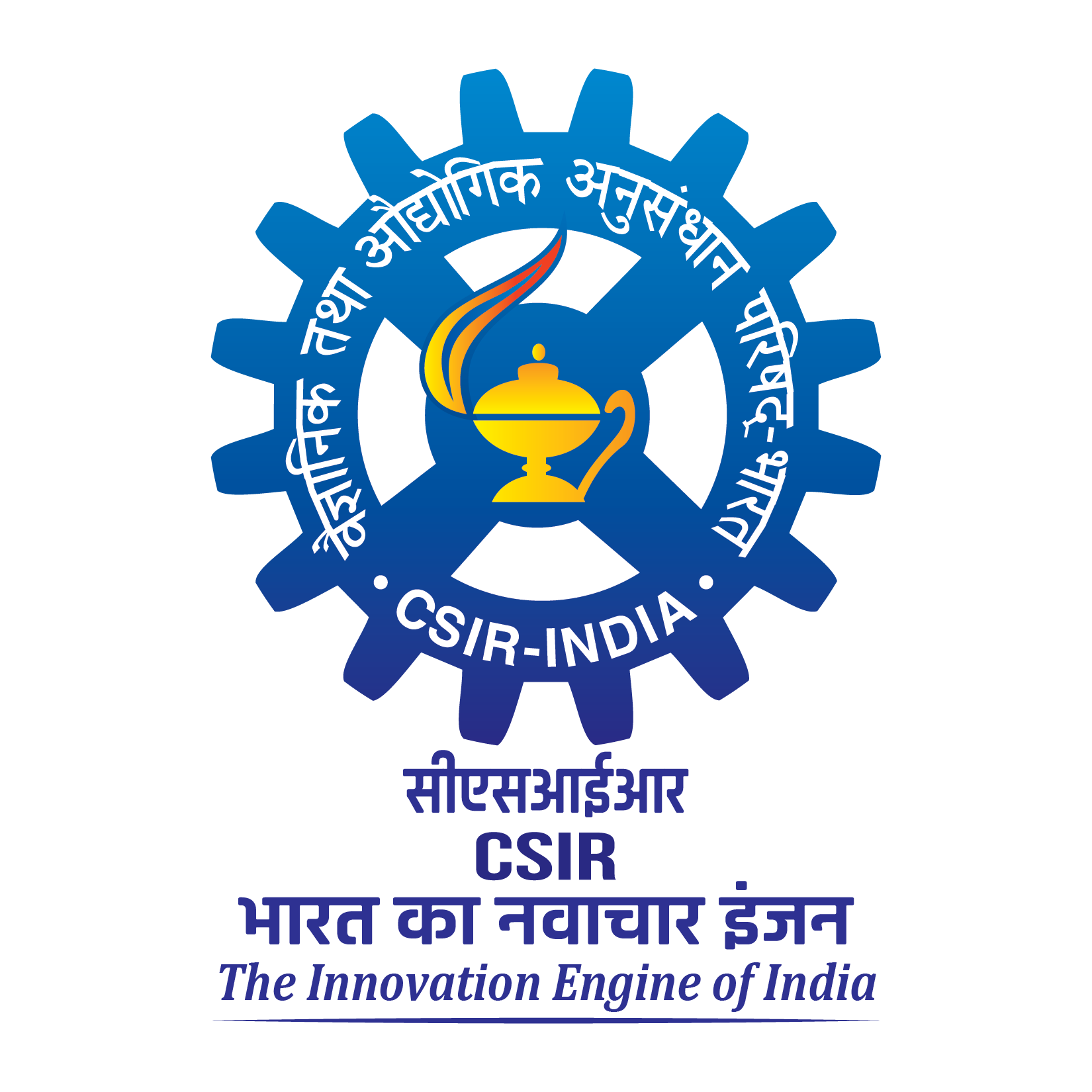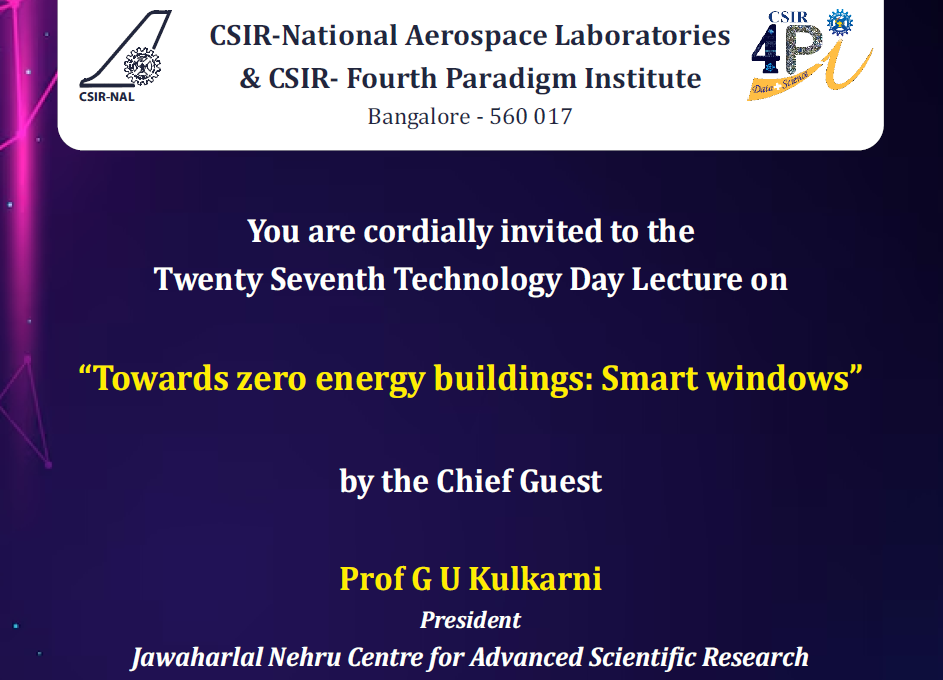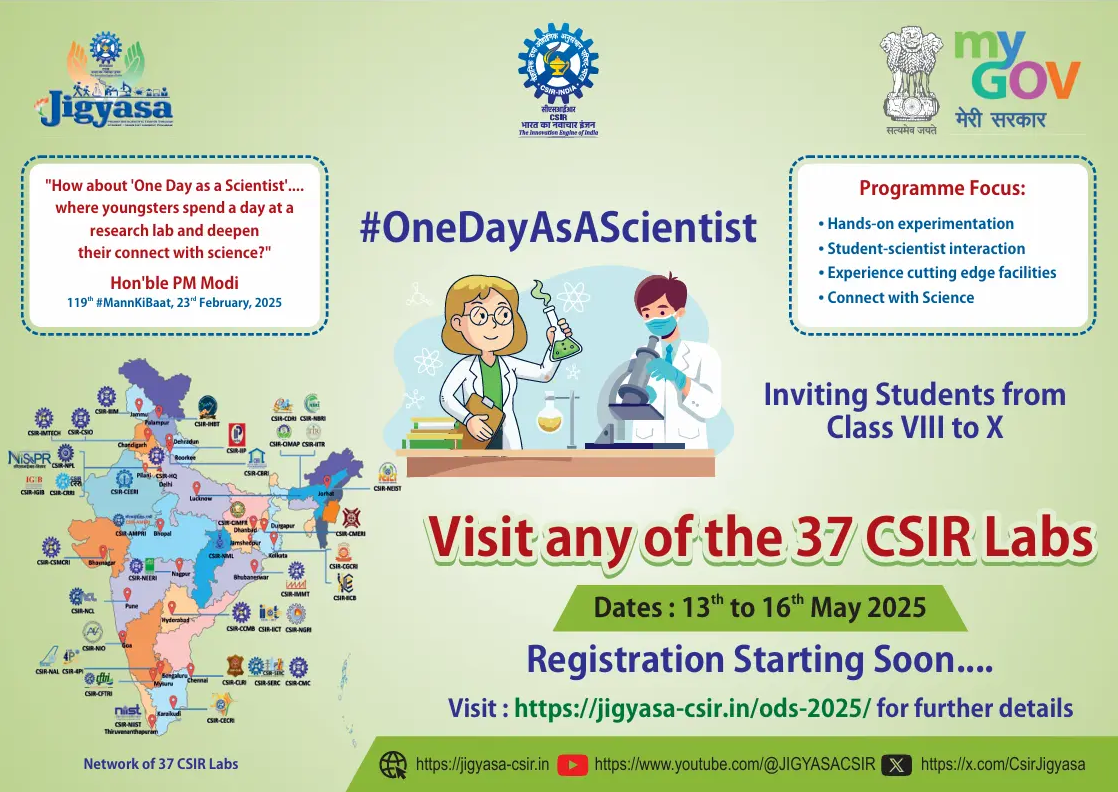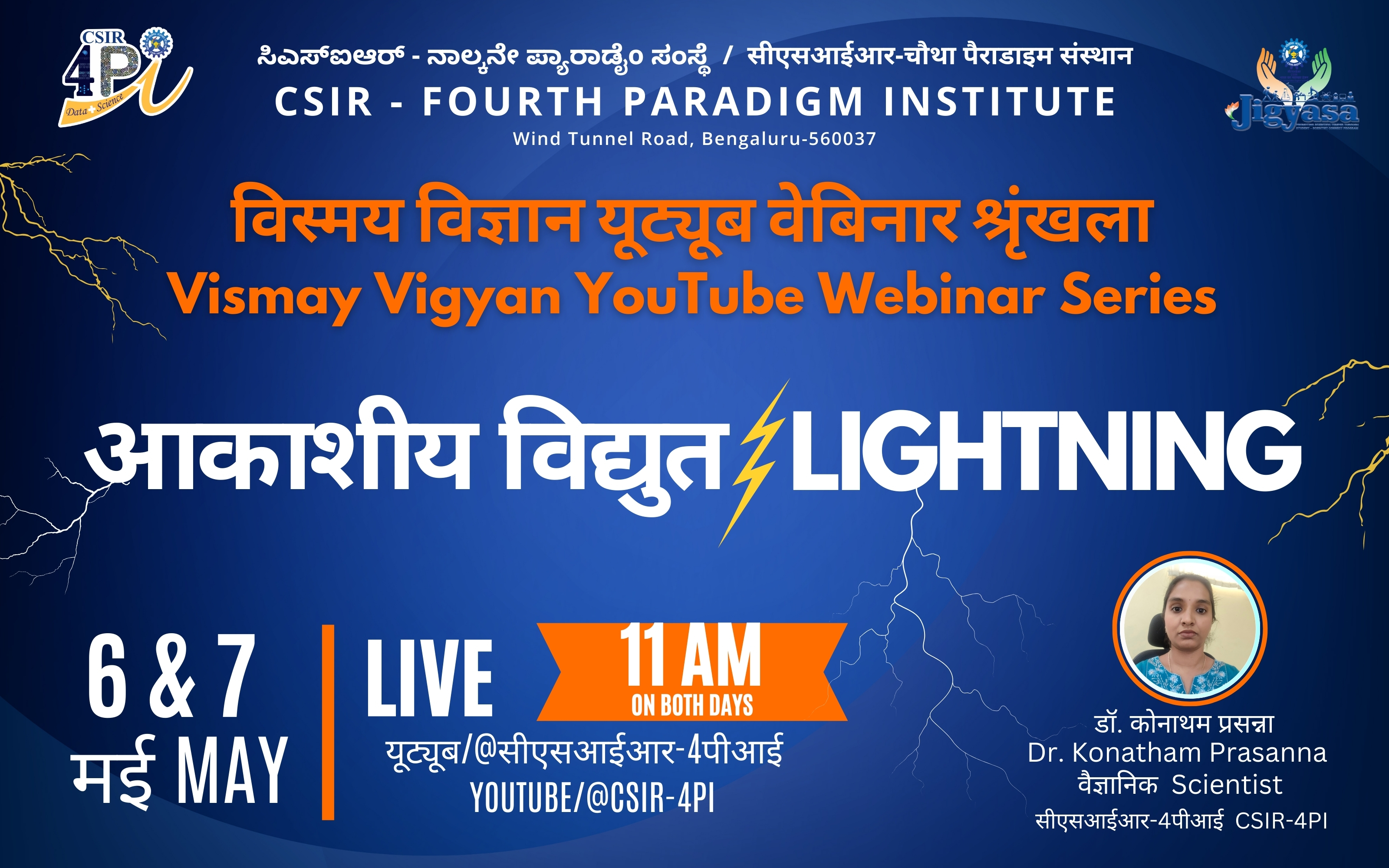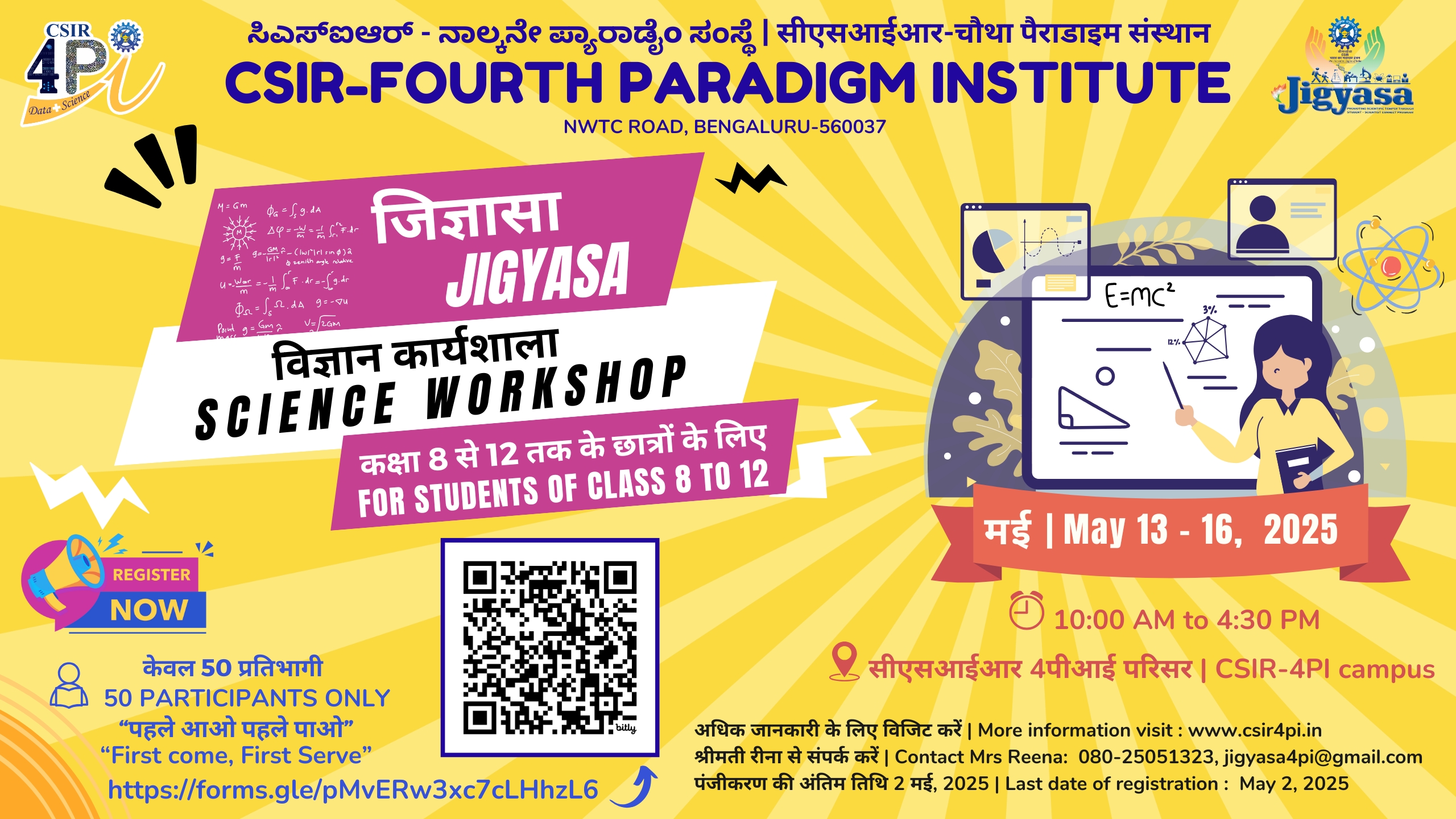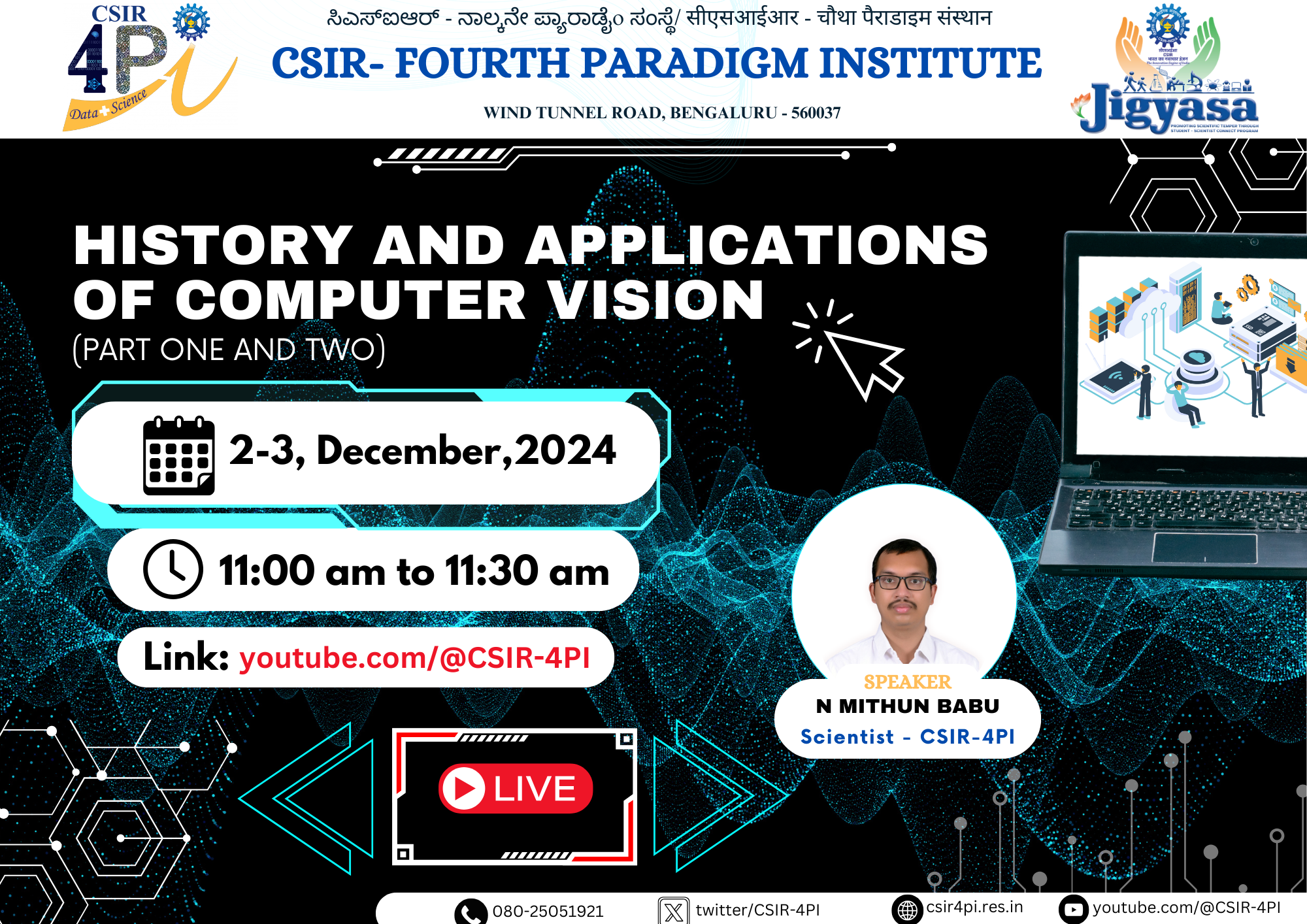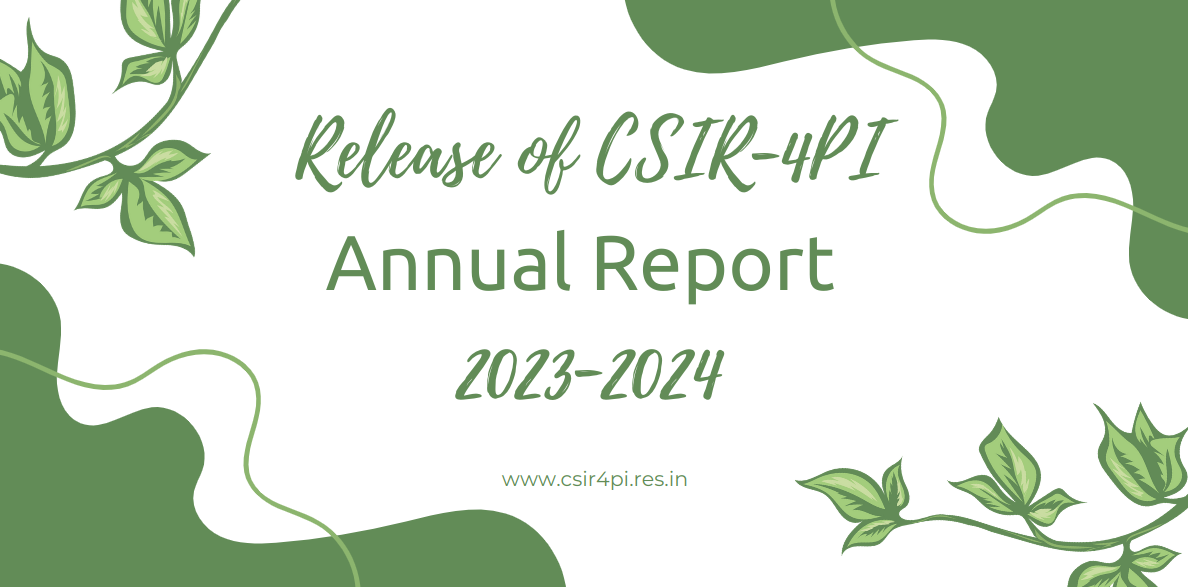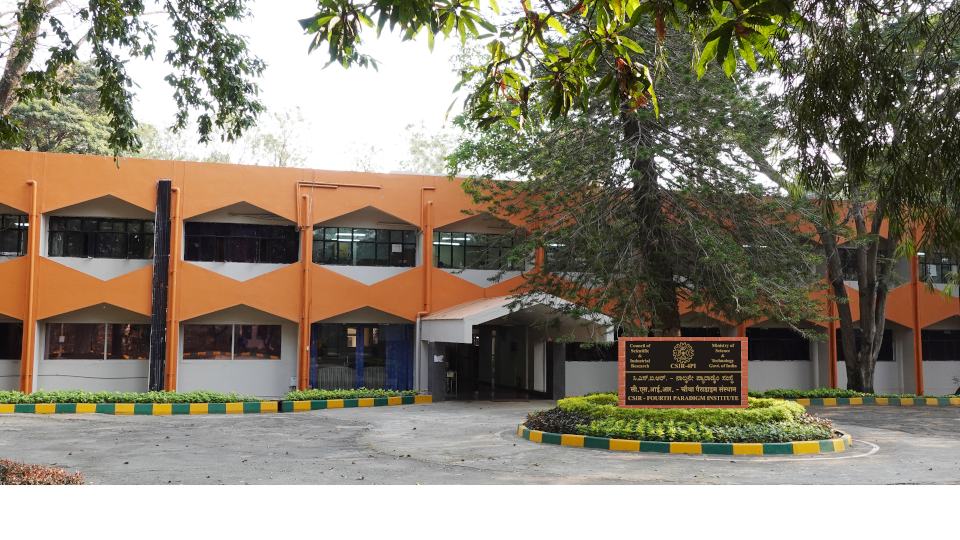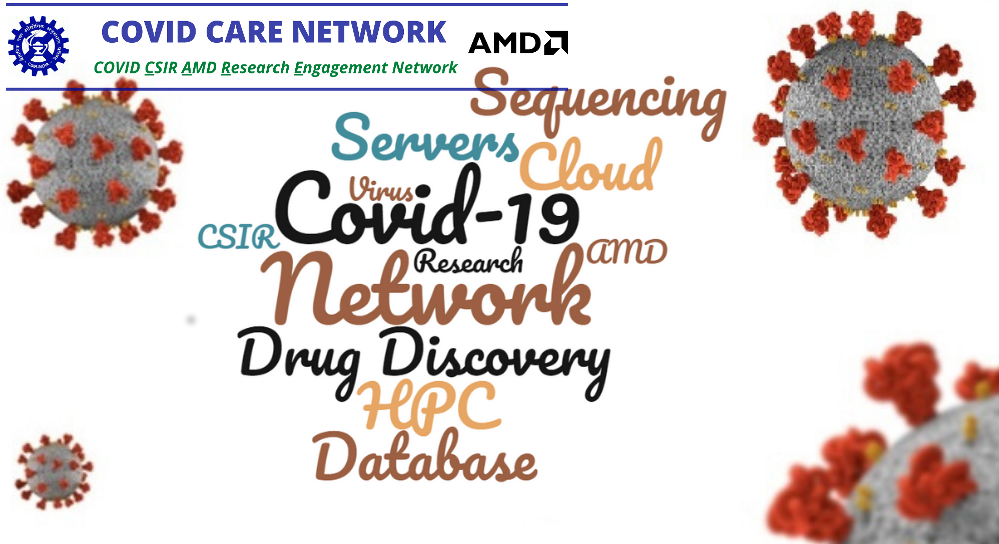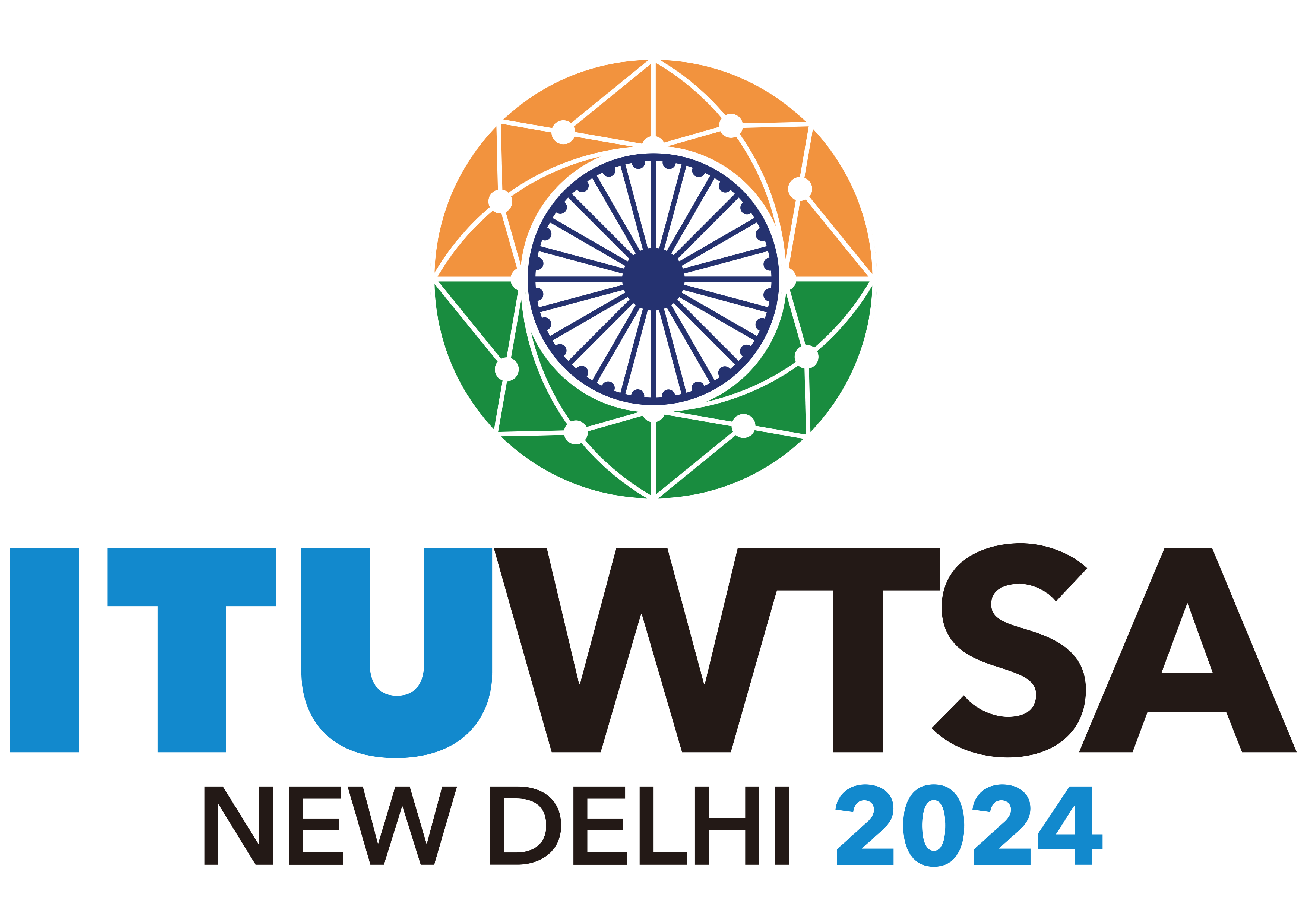by S. Vishal Gupta, Imtiyaz A. Parvez and Prosanta K. Khan
A high-resolution microtremor measurement in Greater Srinagar city of the Kashmir valley has been analysed to image 2D and 3D subsurface geological complexities. This region is located in the highly seismogenic Himalayan belt and sits atop a deep sedimentary lake bed with a laterally varying thickness of soft sediments. Srinagar region is a major economic centre and the capital city of the Kashmir valley with 2 million inhabitants living at high seismic risk. To assess the subsurface complexity beneath the city, we present: (1) high-resolution subsurface shear wave velocity Vs structure using the horizontal-to-vertical spectral ratio inversion; (2) shear wave velocity for top 30 metres of soil column (VS30) map with National Earthquake Hazards Reduction Program site classification; (3) comparison of VS30 maps calculated from horizontal-to-vertical spectral ratio inversion and topographic slope methods; and (4) azimuthal behaviour of horizontal-to-vertical spectral ratio peaks, all of which unravel the subsurface spatial heterogeneity and suitability for the building of engineering structures in the study area. In addition, a new matlab code is applied to generate 3D subsurface Vs slices in the study region in different directions using its pre-generated 2D Vs profile data. The presented potentiality of microtremor horizontal-to-vertical spectral ratio technique in Srinagar region, which lies on the eastern edge of the basin with significant topographic irregularities, indicates an uneven distribution of local site effects (primary and secondary) in the case of strong ground motion. The comprehensive results can be promising in engineering analyses of local ground and structural responses in order to mitigate the impact of earthquake occurrence and seismic risk in the city and adjoining regions.
Source: https://doi.org/10.1002/nsg.12186
